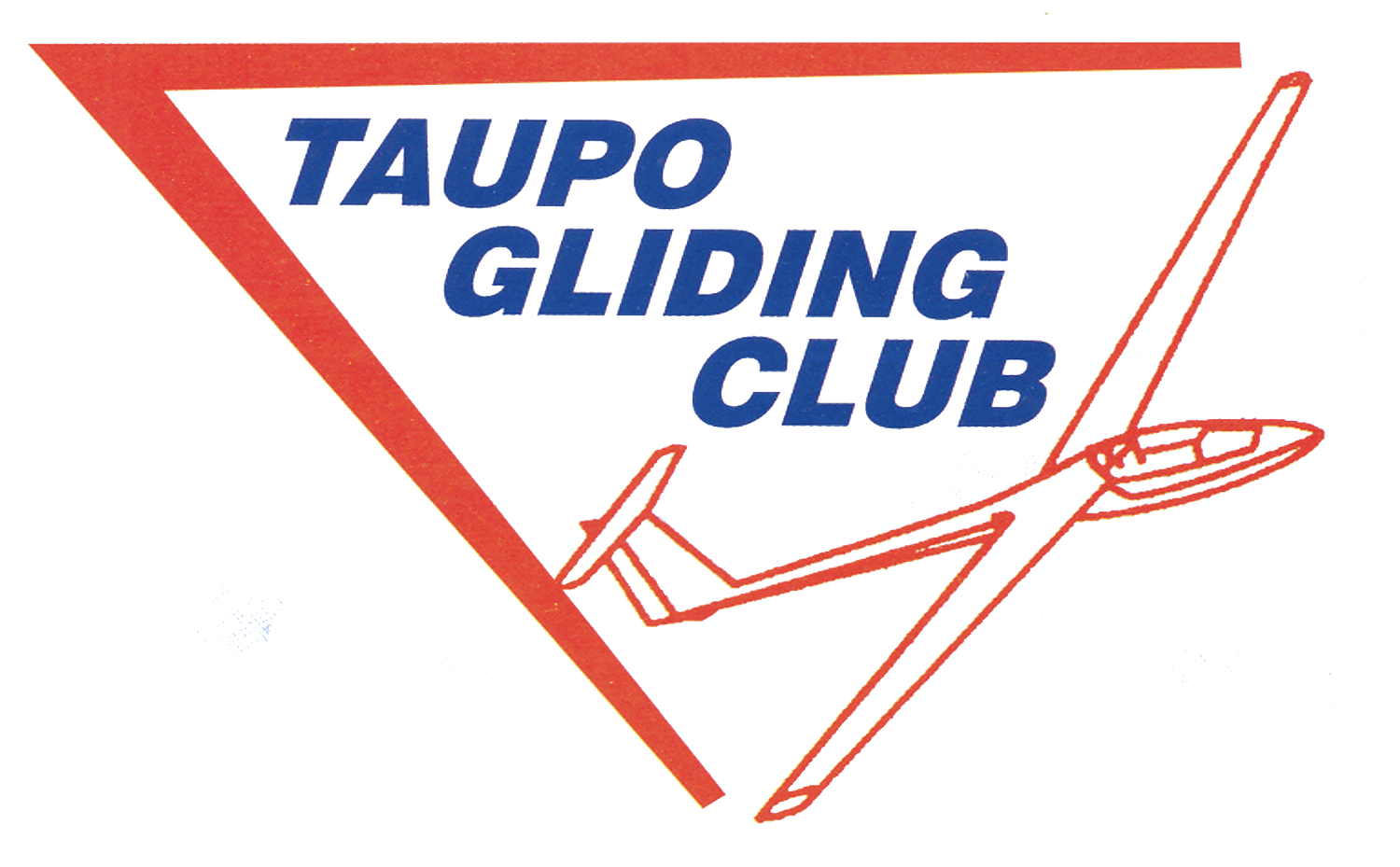Preparation by CFI Colin McGrath
When you fail to plan you plan to fail!
But flight preparation is more than just planning; it includes all your training, all your previous flights and experiences.
Every flight we take has a learning content either conscious, subconscious or both. Tool to improve our conscious learning is to spend some time thinking about the flight (post flight analysis) thinking about what worked what didn’t and why. Talking to other pilots about the flight conditions, what they did, what they thought etc. This all goes to preparation for the next flights.
The moment we plan for something new during a flight we need to do additional preparation for this new task or goal as we haven’t previously covered it in our training or experience.
This new task or goal needs to be broken down into its component parts then looked at to see how the components can be achieved and the risks associated with undertaking them. How will these tasks be carried out? Where are we going to carry out the tasks? What are the risks involved with each task? How to mitigate these risks? How to maintain a number of options during each task?
Any goals we set will change the preparation needed. Our experience will change the preparation required. These goals could range from a local flight to a 300 km flight or to test a new piece of equipment.
For a local flight the preparation was done during your training and in your solo consolidation. You have learned what heights you need relative to the local land marks and the glide angle back to the field. The amount of new preparation is quite small relating mainly to the preparation of the aircraft, weather and eventualities.
But if you were to fly at another venue you would need to give some formal thought to the things that are automatic at home (just finding the airfield at some new venues can be a challenge, Matamata being one, (they don’t all have a large marker like Mt Tauhara)
A 300km flight has a long list of preparation not limited to but including the trailer, retrieve crew, the weather, the flight track, landable areas around the track, airspace, food, water, toilet, the list goes on.
Trev Terry makes this sort of flight out of Taupo seem easy and he needs little extra preparation on the surface. The reality is actually 30 odd years of preparation has gone into these flights so the effort for each flight is like a local flight for the rest of us? (This is where experience comes in)
An Example of a goal I’m currently working on.
During the next two or three flights in NA I want to try out the speed to fly and final glide function of the LX8000. Some of the things I’ve been thinking about for the speed to fly are, where am I going to do the tests and how am I going to judge the efficiency? (Still a work in progress).
With the final glide function, this needs a longish glide similar to that that would be flown at the end of a long X country or competition flight. So things to think about are the planned arrival height (the altitude of the Airfield plus a safety margin). It wants to be conservative as I haven’t previously used it before (or for that matter flown a true final glide over any great distance).
So for the first two trials I will aim to arrive back 2000 ft above the airfield so that I can then hopefully re-establish and fly away to try it again. When I’ve got some confidence I will aim to arrive back at 1000 ft (circuit height) this will allow a longer final glide.
For this, the track wants some thought, decision points to check that the glide is on track to get safely home. Where the out landing options are close into the airfield and decision points for these so as not to over fly them and run out of options (these will be checked again on the way out to the start of the final glide). Most of this preparation can and will be done on the ground before the flight, and on the lead up flights. This will lighten the work load on the day and will give me a better safer result.
A personal example of poor preparation.
One March day, the sky looked great I climbed easily off tow and decided to head west out along Poihipi Rd cruising between 5000 & 6000 ft and was quickly almost out to SH32 when my PDA sounded an airspace alarm I was fairly sure that I was allowed 6500 ft in the area but not 100% certain.
I hadn’t really prepared to be out there. So here I was flying around in circles not knowing if I could continue or not. As Taupo Airspace is over two charts which again were not folded for easy use and which one is for the area I’m in (I wasn’t planning to use them, I had a PDA with the current airspace in it) there is not a lot of room in the cockpit of a glider when you are trying to unfold and read an A1 sized chart, read it and still fly the glider. Consequently it wasn’t long before I had lost quite a lot of height got very frustrated. Net result I abandoned my westward progression and turned for home more than a little bit annoyed at myself.
Summary
Every flight needs preparation, for simple regular flights the preparation has been mostly done previously
For any flight that has a new twist big or small, to be safe, successful and enjoyable, carful pre-flight preparation is essential. What, How, Where & Options




